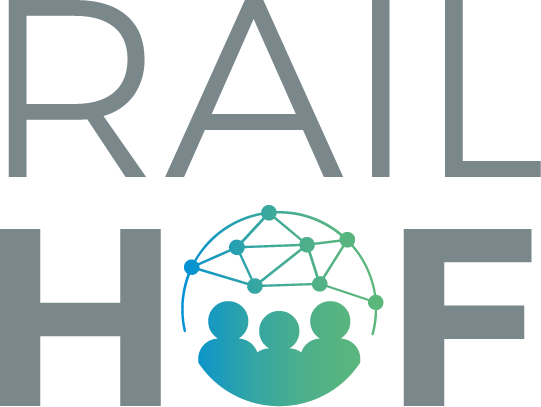
Human and Organisational Factors (HOF)
Human and Organisational Factors (HOF) are at the heart of safety operations and management. They even play a key role in both Operational Safety and Occupational Safety.
According to the International Ergonomics Association, “ergonomics (or human factors) is the scientific discipline concerned with the understanding of interactions among humans and other elements of a system, and the profession that applies theory, principles, data, and other methods to design in order to optimize human well-being and overall system performance”.
The term "organisational" has been introduced to highlight the organisational level of analysis and not only the individual level although obviously organisations are composed of individuals. HOF is often referred to as either Human Factors (HF) or Ergonomics. All three terms have a similar definition and focus on interactions.
Besides supporting the integration of safety at the design stage, the HOF approach provides concepts and methods to identify the gaps between the task (work as prescribed or expected), and the activity (work as actually performed or experienced and reported by workers). These gaps, whether concerning the task or/and the activity are problematic as they are a source of residual risk and need to be taken into account. This allows a better managing of workplace reality in complex organisations such as railway socio-technical systems, which is critical to lead to safety improvements.
Human and Organisational Factors (HOF) are at the heart of safety operations and management. They even play a key role in both Operational Safety and Occupational Safety. In HOF the most important principle is to keep in mind the end-users, their capabilities, their limitations and their real life/actual working conditions. In a company, each staff member should be involved in integrating HOF, even though the impulse has to come from the top management that has to lead by example. The company has to identify all the safety related tasks that should be more focused and raise awareness of the people performing this task. HOF integration should also cover all contracted activities: contractors, designers and suppliers.
Concerning the railways, the main legislation is composed of:
This approach includes:
(b) addressing risks associated with the design and use of equipment, tasks, working conditions and organisational arrangements, taking into account human capabilities as well as limitations, and the influences on human performance.
Human and Organisational Factors within the 4th Railway Package
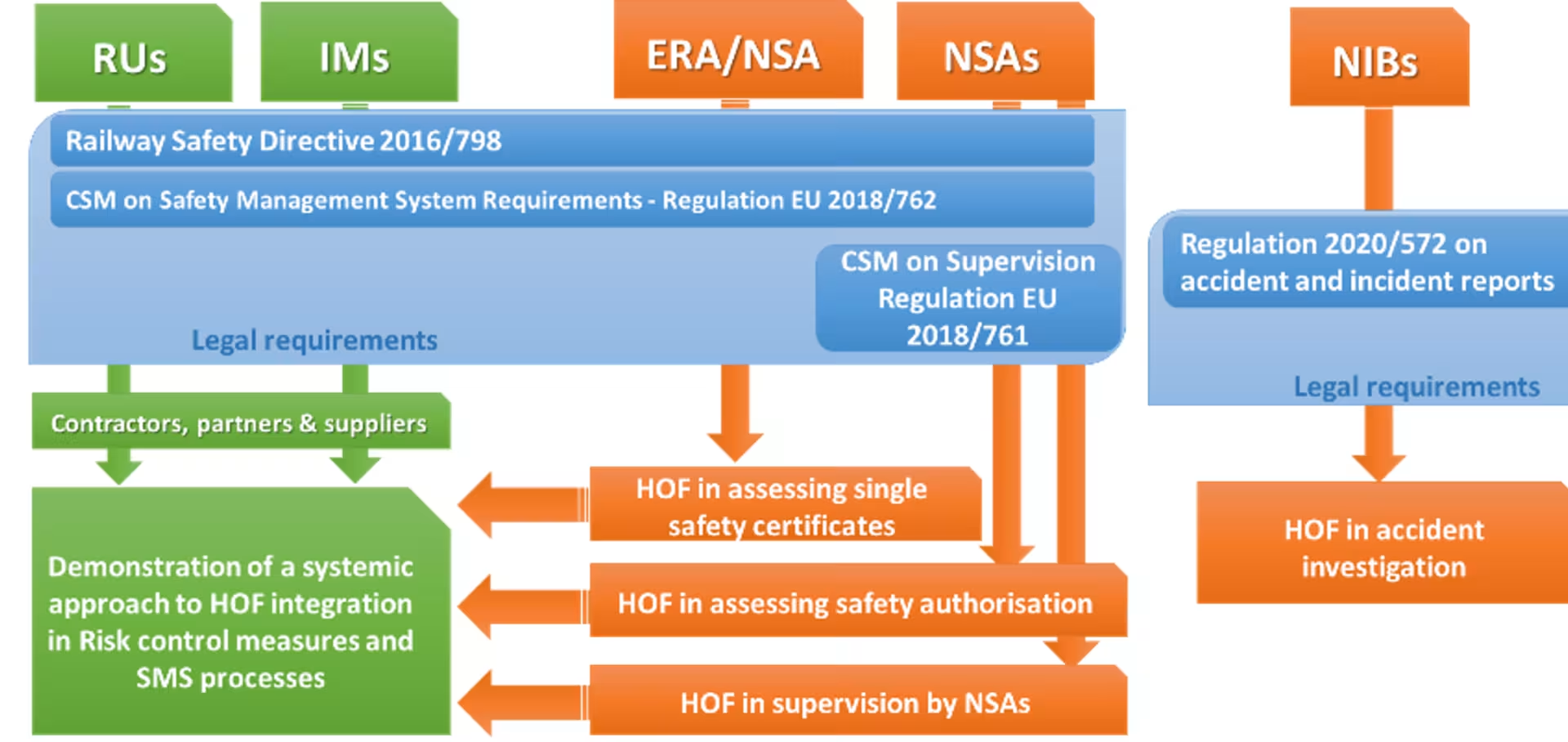
There are various HOF models, some of which have been published and used for several decades. The key element for continuous improvement is to use a model from which you can ask questions when managing risks or changes, when defining supports and resources to operate, when monitoring, when investigating, when designing or reengineering tools or procedures etc. The HOF 5×5 is a recent model developed with railways professionals (staff and managers) which contains 5 categories of 5 factors. It aims at facilitating questioning about the interactions between the system and the human capabilities and limitations.
The HOF 5×5 is neutral on the concept of human error and prefers the notion of performance variability. It includes important topics that are more relational. Its structure also makes it possible to distinguish between factors that are more dynamic or static, and between factors more related to the situation or to the staff. This is to take into account the fact that safety-related activities are dynamic and take place in real time, but also that they are prepared, organised and decided beforehand, in a more static situation. This model allows one to consider that there are no "isolated" individuals in organised systems defined by layers of contributions and responsibilities, as is the case in our regulated socio-technical railway system.>
All those factors should not be seen in isolation but as a list of interaction factors contributing to improve the performance of a company:
Dynamic Situational Factors: Temporary or very short-term characteristics of the situation that can influence individuals and the teams or the course of the situation.
Dynamic Staff Factors: Temporary or very short-term characteristics of individuals and teams that can influence the course of the situation or other concerned staff.
Static Situational Factors: Lasting characteristics or repetitive elements of a situation that can influence the individuals and the teams or the course of the situation.
Static Staff Factors: Lasting characteristics or repetitive elements in the concerned individuals and teams that can influence the course of the situation or other concerned staff.
Interactional Factors between the concerned staff, or between several concerned groups of staff (incl. hierarchy levels), which can influence the course of the situation, or influence the people themselves in their reactions, attitudes, beliefs and perceptions.
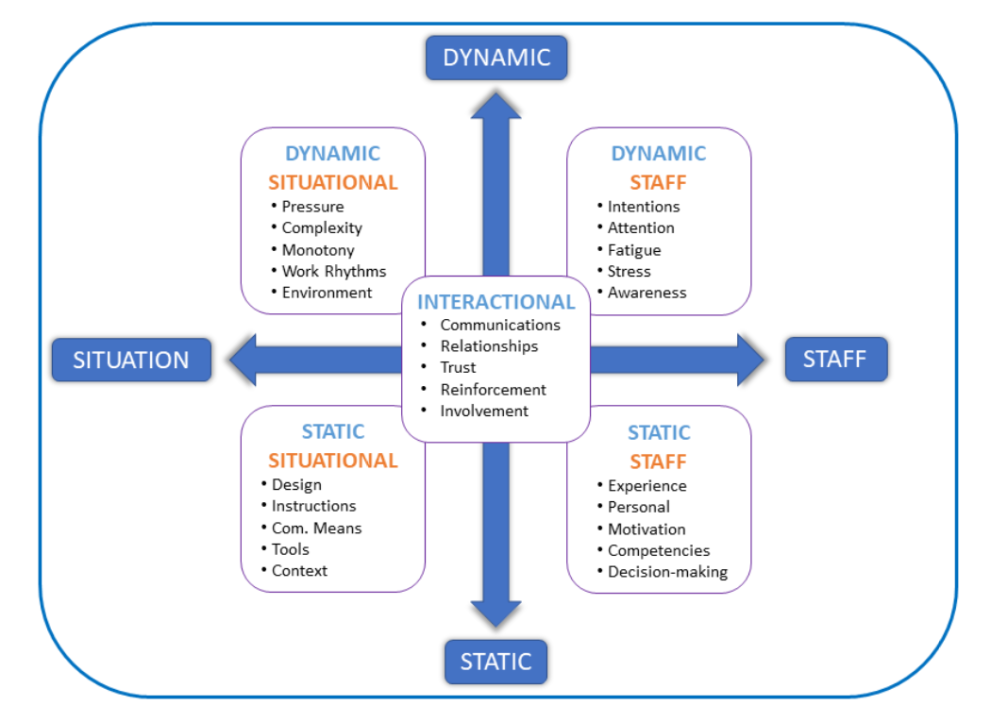
The Agency uses this model for its trainings and tools developed for the Railway sector. The HOF 5x5 model is also used as a taxonomy for the contributing factors (as defined in Article 2 of Regulation (EU) 2020/572) referred to in the recommendation for the common safety methods for assessing the safety level and the safety performance (CSM ASLP) of railway operators at national and Union level. To comply with the current EU legal framework for Railways (e.g.: article 4 of Directive 2016/798, Regulation (UE) 402/2013, Regulation (UE) 2018/762) and increase their performance, railway stakeholders can use this model to identify the interactions and better detect and manage their influences within the SMS:
See our dedicated page:
HOF Essentials in Practice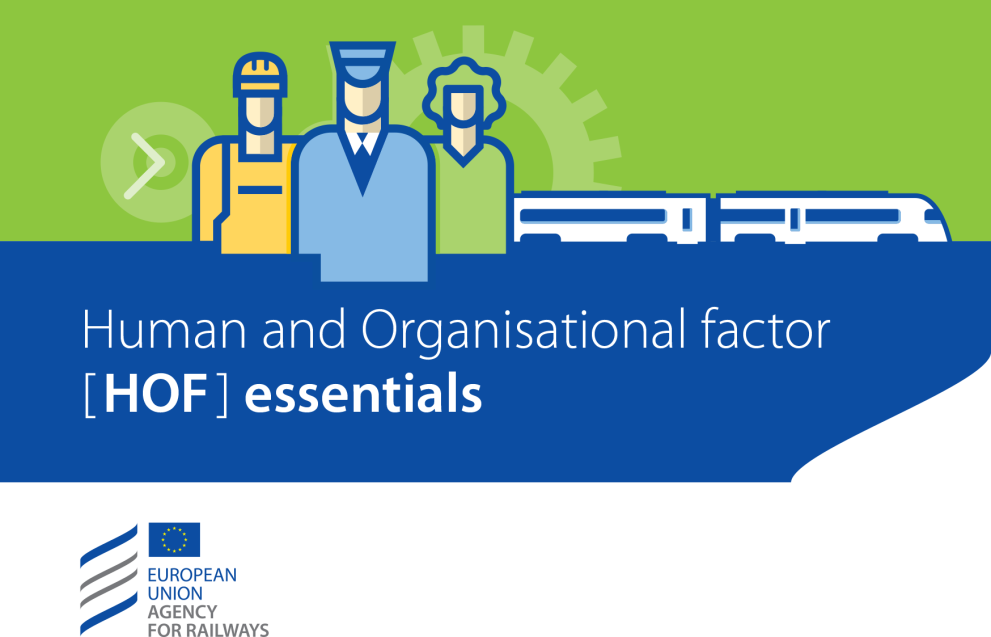
See our dedicated page:
HOF in Automation
See our dedicated page:
HOF in Change Management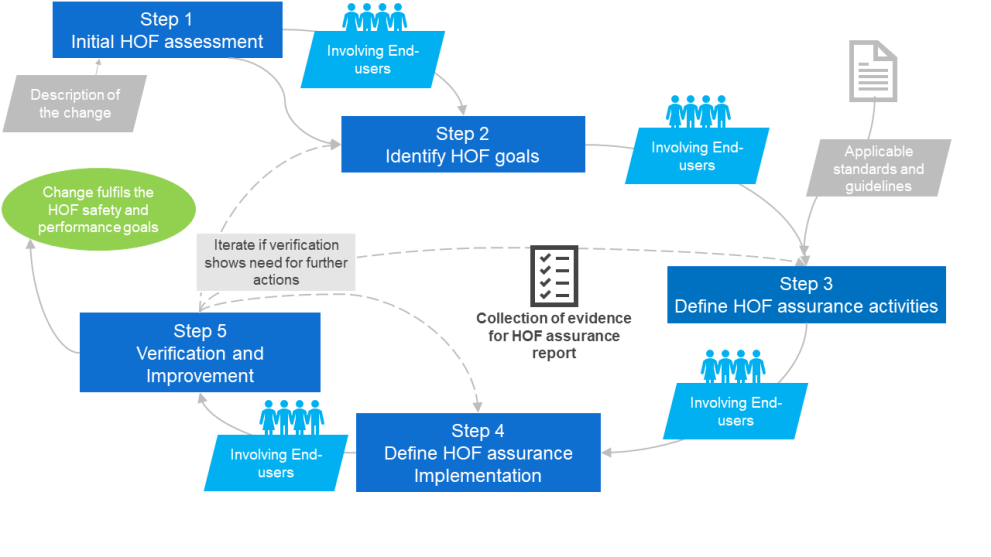
RailHOF is a digital platform created and maintained by ERA and UIC focusing on HOF and Safety Culture in railways. The aim is to:
